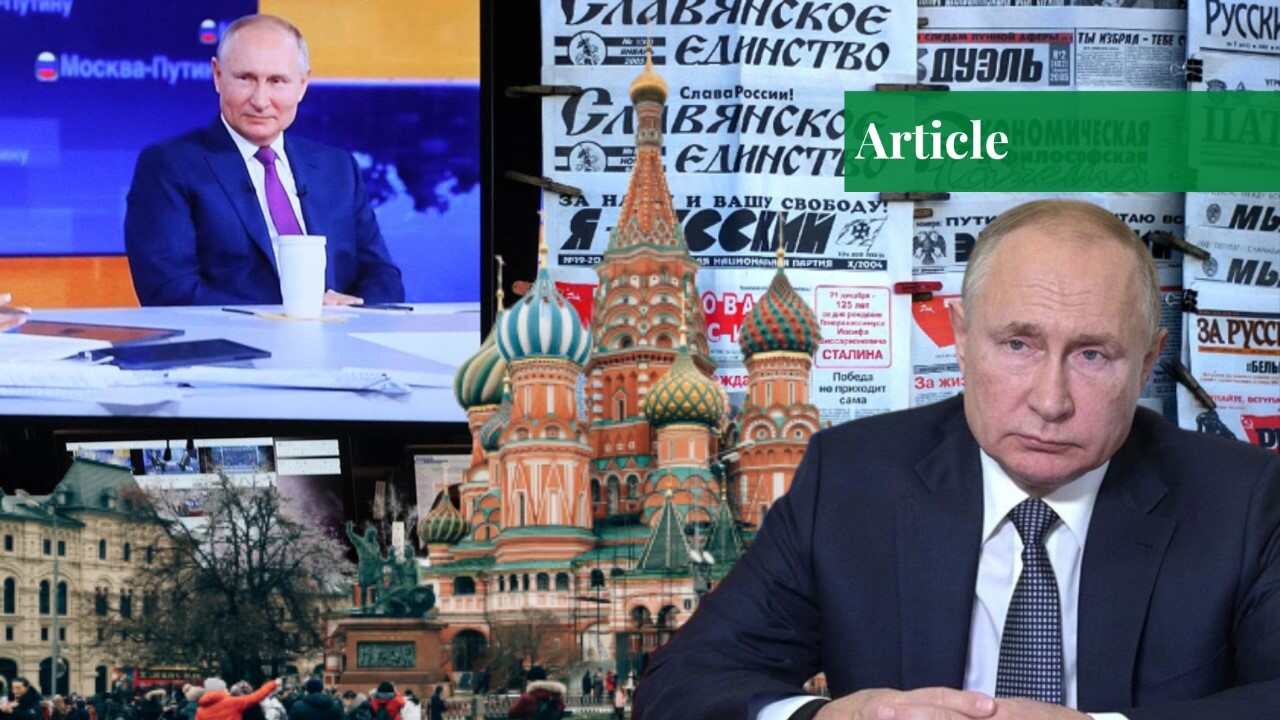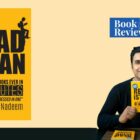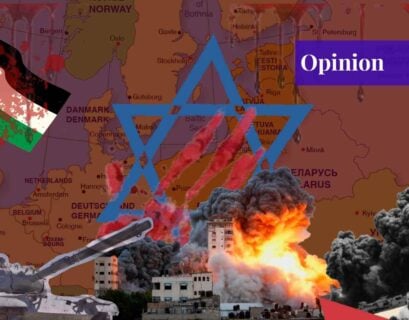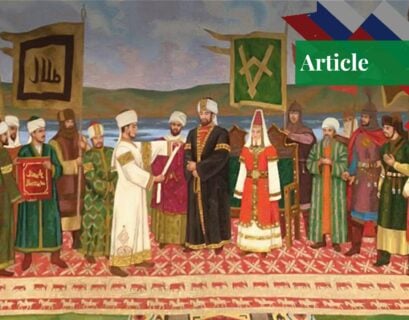Hafsa Ammar is a graduate of the National Defence University, Islamabad. Her areas of expertise are narrative building and propaganda warfare, centered around the Soviet Union and modern-day Russia.
Introduction
The general implication of the term ‘hybrid’ refers to a mix of conventional and unconventional warfare – a complexity that lives within the gray zone. Such ambiguity surrounds the actors, targets, and environment that it becomes difficult to identify and tackle the actual threat. It is malleable with deeply entrenched roots – often invisible till the damage done is irreparable.
Hybrid threats are not limited by any specific boundaries or laws and regulations as a monochromatic war is. It can take any form, ranging from but not limited to economic sanctions, embargoes, electoral manipulation, cyber terrorism, aid to spoilers, and espionage.
Hybrid threats may give off an asymmetric and uncoordinated look, but they are carefully planned out and implemented to cripple the opponent in such a way that neither do they realize the origin of the conflict nor are they able to formulate a counterattack in time to save face. Their diversity is what makes them so efficient.
Narrative Building
Narrative building, in layman’s terms, means the building of a story. Journalists, telecasters, op-ed writers, and even celebrities are part of setting up and reinforcing these stories. In political frameworks, narratives can impact and influence not only governmental and foreign policy but even work the social fabric of a state. People and their sentiments can be molded and swayed without them even recognizing the external influence taking place.
Yellow journalism is one such tool for sensationalizing news and exaggerating it in the minds of the masses. Narrative manipulation attempts to foster and encourage ‘herd mentality’, leading to emotion-driven views rather than those that have roots in rationality. The construction of biased narratives is a popular tool used during political campaigns, wars, conscription, and many more agenda-driven acts.
Not necessarily a negative concept, it is utilized by states to promote nation-building, with a tinge of fiction, no doubt. Perceptions are strong enough to turn populations against their own leaders or to cause internal discord within a state itself. Narratives put forward simple explanations for complex questions, leading people to believe what is being handed to them on a silver platter instead of deconstructing facts from agendas.
Media, both traditional and social, has played perhaps the biggest role in shaping mindsets in the 21st century. The depicted stories, news reports, articles, movies, and even cartoons work on settling outlined beliefs in the subconscious of its audience. Media actively partakes in agenda-setting by priming, framing, and presenting the news in such a sensational manner that subjective opinions start to be perceived as objective facts.
Other means of narrative building include policy framing, advertisements, speeches, and more. A war of narratives is being fought by America and Russia. This is not a recent development as it can be traced back to Lenin’s era. His introduction of war communism led to a short yet massive restructuring of the global image of the USSR. This transcontinental state had been continuously portrayed as uncivilized and barbaric by the West for centuries.
American machinery is definitely the strongest and most influential in all regards – economic, social, political, material, and in this case, abstract. Therefore, in order to combat it, Russia had to take drastic steps.
Influence Operations
Power is defined as the ability to make an actor behave whichever way you want, even without their willingness. Influence is known as doing the same but making the actor believe it is their own idea. Influence operations are a multi-faceted construct. They can be supported by the state or be used to incite people into rebelling against the state.
Being a manifestation of soft power, influence operations are often invisible to the common man who sees everything in black and white. Their pervasive nature invades the psyche of their targets. This invasion is done on the back of strategic communication.
‘Stratcomm’ or strategic communications refers to the interconnected webs of engagement within any number of actors – ranging from intra-society to international interactions. It connects the idea to its action. Governments can use it to promote patriotism and national unity. It can be spread out over various domains such as judicial, religious, ethnic, cultural, political, social, and economic.
Understanding Information Environment
The information environment refers to the collective entity made up of systems, organizations, and parties that contribute to the formation of knowledge/information. Influence operations are carried out under the domain of information warfare. It consists of analyzing, deconstructing, and retaliating to how society perceives ‘information.’
A perception can be seen as an olive branch, hostility, threat, or posturing depending on the context. It is all-encompassing and covers any and all moves made by states in the international system – from signing FTAs to nuclear build-ups. Understanding the information environment and acting proactively to avoid external influence is necessary for the survival of every state.
The strategic use of an information environment is as close as one can get to the ‘unconventional’ bit of hybrid warfare as it isn’t a direct attack, but it can certainly prove to be debilitating.
Areas of Threat
For a state to successfully analyze and counter the threats posed by the information environment, there is a dire need for it to understand, categorize and formulate a response strategy for all possible areas of impact. Areas focus is on the interconnectedness of various actors and their means and modes of operation, while targets are those which are directly manipulated or impacted.
Potential areas which are commonly used for threats are geographical boundaries, jurisdictional powers of NGOs, intelligentsia, ethnonationalism, religious factions, resource depletion, sanctions, social unrest, and media. Any of these can be a point of insecurity for a state and its population and can be exploited by external actors for influence.
Targets
Targets of influence operations often have two characteristics in common; they depend, to a certain extent, on external stimuli for their decision making and they are responsible for a string of stability within a state, which when pulled can cause conflict.
- Individuals
- Groups and Networks
- Opposing Leadership Coalitions and Alliances
- Mass Public
To understand and counter ‘hybrid threats’ from opponent states, one must clarify the concept and analyze the domain of the threat. In contemporary international politics, Russia has been an aggressive yet successful player. This is due to its strong command over the information environment for its influence operations.
Russia has been successful time and again in manipulating the information environment through propaganda, falsified testimonies, and disinformation campaigns to build anti-western narratives which help it maintain its status in the international hierarchy.
Sweden, Finland, Estonia, Norway, America, and many other states have been a target of influence operations by Russia. Disinformation warfare is by far the most effective approach due to its quick manner of manipulating and reforming social perceptions and international narratives.
Disinformation
In this era, states need to adapt to the demands of the current sociopolitical system. It is imperative for survival to learn how to navigate the international system in shades of gray. As times evolve, so has the nature of war, it is no longer fought on battlefields with swords and armor; it is instead fought in the shadows with the weapons of technology and perceptions – both of which lie in the cognitive domain.
Disinformation warfare is one of the most commonly used, underestimated, and efficient ways of war. It refers to fake or misleading news being spread amongst the target audience intentionally in the hopes of internal discord and distrust. When done by an outside or alien source, it constitutes a hybrid threat to the state due to its intangible nature. It requires pennies in comparison to a physical war in regard to financial compensation and its impact is far more widespread and destructive.
As perceptions are built within each individual, it is exceedingly rare for them to question themselves and their beliefs. All that an actor needs to do is sow the seeds of discord and the rest is taken care of by the targets themselves. It has established entire ‘Troll Farms’ or, as labeled by NATO, ‘Troll Factories’. In the cyber dimension, a troll is someone who aims to disrupt or antagonize its target. A troll factory works on the same principle but on a larger scale, with socio-political and economic targets.
Case Study 1: Swedish Threat
Sweden is the ultimate case study to outline Russian information warfare and the state response to it. Sweden is a Scandinavian state, one of those which are famous for being a welfare state and existing in positive peace. In 2015, the Scandinavian state decided to reform its defense policy. This proposition set Russia on edge as there were sure to be pro-West and NATO-centric biases to be part of the new document.
Seeing this act as a threat and an opportunity, Russia decided to intervene with the most pervasive weapon of the modern world: mass media. The former Empire used its widely seen news channel known as Sputnik to propagate aggression-heavy statements to the Swedish population in order to garner sympathy for Russia.
The channel twisted the statements and reported the headline ‘Sweden getting ready to fire missiles at Russian troops from Gotland Island’ on 16th July 2015. The loophole was that the channel could easily claim an unintentional mistranslation and get away scot-free. This tactic of rewording or distorting words is known as the ‘laundering of information.’
The vague nature of reporting confirms not only the promotion or spread of a narrative but also proves to be ambiguous enough to not get in trouble. The media-centric theory known commonly as agenda setting can be seen in this situation – the framing of various statements from high-level authority figures was exploited to tilt public support away from the leaders.
The Swedish government maintained its stance of viewing Russia as a threat and underlined the increased importance of their suggested reform of the defense policy, while Russia claimed that it was not to blame for any sort of interference and that any attempts by Sweden to demonize Russia on international media were not only war mongering but also funded by the perpetual enemy-America.
There was also a radio show known as Sverige Radio that translated Swedish statements into German and Russian and implied that Sweden was arming itself up for a potential standoff against Russia. The mistranslation was done in multiple languages including English, French, German, and Russian. Eventually, by the 17th of July, the Swedish authorities attempted to clarify the misconceptions to the public, but by that time Russia had achieved its main goal which was to showcase its capacity as an interventionist.
The impact of this disinformation campaign was, however, a little counterproductive to Russian goals as it brought Russia into the spotlight as a propagator of information warfare, and the attempt not only helped Sweden realize its points of weakness but it also helped the country reinforce its defenses against such attacks in the future.
Case Study 2: Operation INFEKTION
Another one of Russia’s incredibly powerful disinformation campaigns was run in 1985 known as Operation INFEKTION. Its goal was to form a link between USA and AIDS/HIV disease. Operation Denver was the name used by the intelligentsia of former East Germany. The methods used for this campaign were tampered-with files, forged signatures, and falsified testimonies from doctors and researchers – all just to gain a higher international standing than the US by projecting anti-American perceptions.
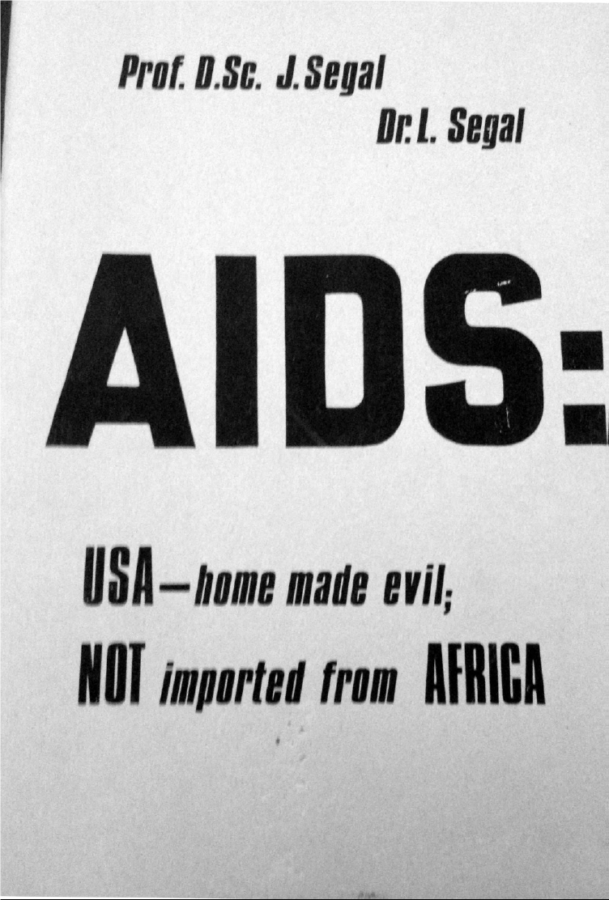
Photograph by Douglas Selvage
Source
The headlines and titles used in the documents and pamphlets were ‘AIDS: USA home-made evil, NOT out of AFRICA’ – a direct attack on American integrity. The new narrative that was pushed forth said that the autoimmune disease was manufactured as a result of biological experiments being done in American laboratories. The Stasi, East German Intelligence, was pivotal in its role of disseminating this manufactured fact.
Bulgarian, Cuban, Czech, and Slovak agencies were also in the loop. The governments involved claimed that their purpose was to bring awareness to the world about the kind of dangers posed by American technological progression. The attempt was to reduce American credibility. Thus, it is similar to the beliefs being propagated by America accusing China of producing the COVID-19 virus. It only goes to show that state interests lie in making their own selves more dominant via socio-economic and information warfare against the rest.
Domain of Success
Russia has seen the most success in the informational or cognitive realm. This is not to say that it doesn’t have a large enough military force or economy to dominate in other arenas, but the fact is that Russian politics has been skilled in perception-building since its inception. The concept isn’t as foreign to the Russian population as it is to that of the West.
‘Vranyo’ is a known tactic within the former Soviet Empire. It refers to lying to one another while both parties are aware of the life yet choose not to point it out. Russia has used this tactic a lot over the years to rewrite its history for nation-building and glorification purposes. It is not only America that has been targeted by Russia (2016 Donald Trump elections) – but influence operations are also carried out wherever there may be a kernel of power to exploit such as in Africa and China.
The Russian Chief of Staff, General Valery Gerasimov, put out a report in February of 2013 titled, ‘The Value of Science in Prediction,’ which basically stated that wars are no longer bound by strict rules and regulations. They have blurred the lines of distinction. This analysis of the status of war is more famously known as the Gerasimov Doctrine.
Conclusion
The world has progressed from kinetic warfare into a cognitive battleground. State interests have remained the same: power; it is only the means that have evolved. Information warfare is the new playpen for world powers, and Russia has been dominating it due to its widespread use of influence operations and aggressive stance. It has carried out covert propaganda in various sovereign states including Norway, Estonia, Georgia, Kyrgyzstan, Ukraine, Latvia, and Finland.
Its methods have included economic leverage, corruption, cyber war, surveillance, and disinformation warfare. Disinformation warfare is by far the most effective approach due to its quick manner of manipulating and reforming social perceptions and international narratives. What makes Russia this strong in a non-kinetic battleground is its unified institutionalized stance against the West, particularly American influence.
If you want to submit your articles and/or research papers, please check the Submissions page.
The views and opinions expressed in this article/paper are the author’s own and do not necessarily reflect the editorial position of Paradigm Shift.
